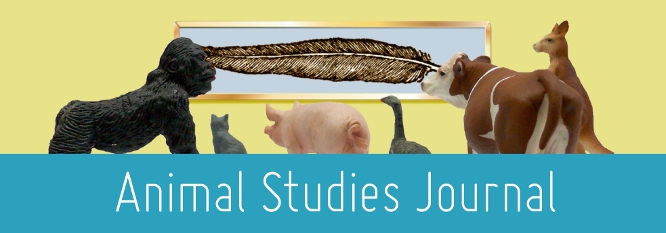Home > assh > ASJ > Vol. 10 (2021) > No. 2

Abstract
While many writers have advocated the importance of narrative as a means of engaging with the problem of extinction, this paper considers what the qualities of visual aesthetics bring to this field. In addressing this question, the discussion turns to the problem of the ethical limits of art raised by Adorno and takes a theoretical turn away from posthumanism to consider how visual responses can redirect attention back to human agency. The focus of visual analysis is on five paintings by the contemporary Iranian artist Naeemeh Naeemaei. Neither exclusively Western nor overtly internationalist in their approach, these artworks refer to the effects of both hunting and the erosion of trans-national habitats as causes of extinction, yet they also show how human affective responses to extinction can extend across geo-political borders to a more global imaginary. As such, Naeemaei’s artworks are regarded as a form of immanent critique of anthropogenic forcing. Her works adapt older traditions in Persian humanism and art to show not only how the human dominion of nonhuman animals has led to extinction, but also how this leads to an almost incalculable sense of human loss. I argue that Naeemaei’s affective imagery of loss is not simply yet another example of how the lifeworld of animals can only be understood from an anthropocentric worldview, but instead points to our inability to yet fully register the immeasurable losses of extinction and what this yet unchartered grief might imply for potential human agency.
Recommended Citation
Williams, Linda, Visualising Anthropocene Extinctions: Mapping affect in the works of Naeemah Naeemaei, Animal Studies Journal, 10(2), 2021, 59-91.Available at:https://ro.uow.edu.au/asj/vol10/iss2/5
Included in
Agricultural and Resource Economics Commons, Art and Design Commons, Art Practice Commons, Australian Studies Commons, Communication Commons, Creative Writing Commons, Digital Humanities Commons, Education Commons, English Language and Literature Commons, Feminist, Gender, and Sexuality Studies Commons, Film and Media Studies Commons, Fine Arts Commons, Legal Studies Commons, Linguistics Commons, Philosophy Commons, Political Science Commons, Public Health Commons, Race, Ethnicity and Post-Colonial Studies Commons, Sociology Commons, Theatre and Performance Studies Commons

